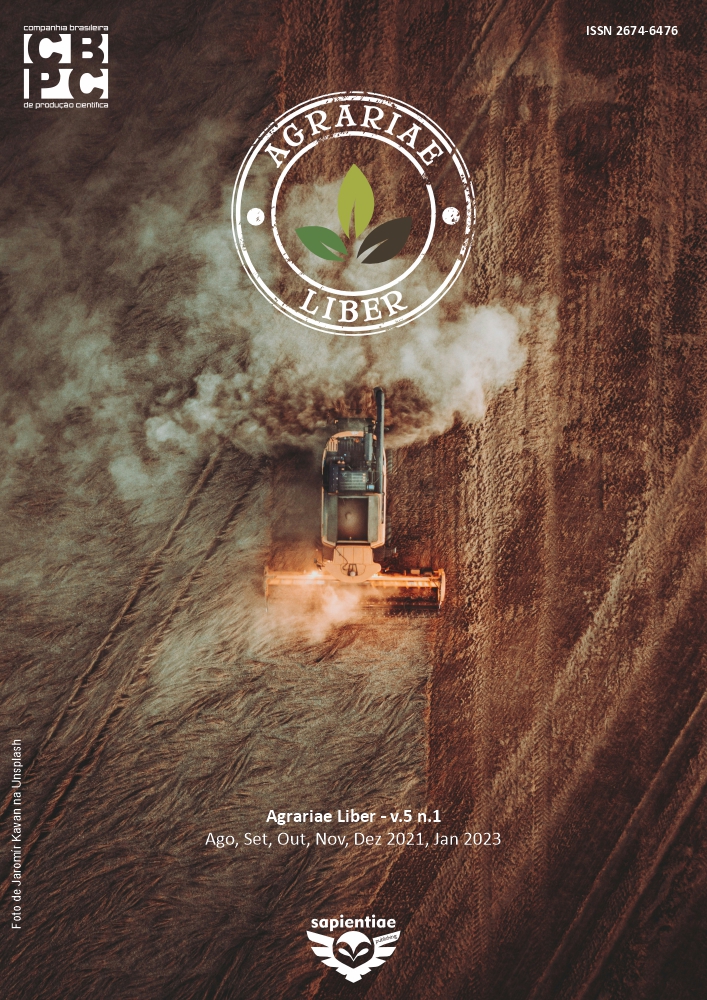Sensorial perception of minimum processed cassava roots developed for family farming
DOI:
https://doi.org/10.6008/CBPC2237-9290.2021.002.0001Keywords:
CETAF-Parauapebas, Treatments, Quality, AcceptanceAbstract
Cassava (Manihot esculena Crantz) is classified as the sixth most important food in the whole world, being consumed by more than 800 million families worldwide. The aim of this study is to determine the sensory characteristics of the minimally processed table cassava, produced by the Technological Center for Family Farming in Parauapebas (CETAF-Parauapebas), submitted to different treatments to assess the quality and acceptability of this raw material. The following treatments were carried out: T1: roots washed under running water; T2: roots sanitized (150 ppm); T3: roots sanitized (150 ppm) and acidified (1% citric acid) and T4: roots sanitized (150 ppm) and bleached (55ºC / 10 minutes). The roots were evaluated sensorially for the attribute’s appearance, texture, flavor, and global impression, using the structured hedonic scale of nine points, the extremes being very disgusting (1) and very much enjoying (9). For the purchase intention, a structured five-point scale was used, the extremes of which were: I would certainly buy (1), and I certainly would not buy (5). From these results, it was observed that minimally processed cassava is a viable alternative since it presents high nutritional quality, organoleptic, freshness, aroma, and flavor, as well as practicality and time savings in daily preparation, with high sensory acceptance by potential consumers.
Downloads
Downloads
Published
Issue
Section
License
The CBPC - Companhia Brasileira de Produção Científica (Brazil CNPJ: 11.221.422/0001-03) the material rights of the published works. The rights relate to the publication of the work anywhere in the world, including rights to renewals, expansions and dissemination of the contribution, as well as other subsidiary rights. All electronically published works may subsequently be published in printed collections under the coordination of this company and / or its partners. The authors preserve the copyright, but are not allowed to publish the contribution in another medium, printed or digital, in Portuguese or in translation.








